By Virunga Community Programs
Many articles have been written about Dian Fossey. Many films have been produced about this wonderful woman who loved the mountain gorillas. There are countless stories that have been told about her. Even her death still remains a mystery up to date.
But thanks to Dian Fossey, the selfless woman who lived alone with the mountain gorillas in the forests, her favorite one called Digit, killed by poachers,and now resting besides her between Karisimbi and Bisoke, the mountain gorillas can now have a smile on their faces due to her efforts to save them.

Why do we say so?
According to the latest census, the mountain gorilla population has for the first time surpassed the 1000 mark since official records began. The survey showed that there are 604 mountain gorillas in the Virunga massif, and most of them are in Rwanda. 400 are found in Bwindi Impenetrable Forest in Uganda. Combined, this takes the total to 1,004.
According to Dian Fossey Gorilla Fund International, she was born on January 16, 1932, in San Francisco, California. While working as an occupational therapist, Fossey became interested in primates during a trip to Africa in 1963. She studied the endangered gorillas of the Rwandan mountain forest for two decades before her unsolved murder occurred in 1985, at Volcanoes National Park in Rwanda. Fossey told her story in the book Gorillas in the Mist (1983), which was later adapted for a film starring Sigourney Weaver.
But despite her efforts, on the early morning of December 27, 1985 (only two days after Christmas), she was found brutally murdered in the bedroom of her cabin she was staying at Karisoke Camp at that time.
 According to official statistics, between 1959 and 1960, there were 400 to 500 gorillas. Between 1971 and 1973, there were 260 and 290 gorillas. The popolation decreased between 1976 and 1978 where there were 252 and 285 gorillas. The population further decreased according to 1981 to around 242 and 266 gorillas. This was mostly due rampant poaching experienced during that period.
According to official statistics, between 1959 and 1960, there were 400 to 500 gorillas. Between 1971 and 1973, there were 260 and 290 gorillas. The popolation decreased between 1976 and 1978 where there were 252 and 285 gorillas. The population further decreased according to 1981 to around 242 and 266 gorillas. This was mostly due rampant poaching experienced during that period.
However, acccording 1986, there was a significant population growth of the gorillas, where between 252 and 285 individuals were recorded. The growth continued according to 1989 census where 324 gorillas were counted.
The 2003 Census for gorillas recorded 380 gorillas, representing a 17% growth increase since 1989. This represented a 1.15 % annual growth.
The mountain gorillas continued to smile later on, since according to 2010 Census, there were 480 counted mountain gorillas.
Dian Fossey didn’t just die with a whimper. She died with a bang. After her death, great awareness about the gorillas are now known all over the world.
According to Dian Fossey Gorilla Fund, today, the Dian Fossey Gorilla Fund operates the Karisoke Research Center and is a leader in saving critically endangered gorillas in Africa, with 160 field staff engaged in daily gorilla protection, scientific study, educational initiatives, and support to improve lives of local human communities.
 “If it were not for Dian Fossey, mountain gorillas would likely be extinct today. She was their greatest champion, and started what is now the Dian Fossey Gorilla Fund to pay for anti-poaching patrols at a time when the gorillas were being decimated by poachers,” says Dr. Tara Stoinski, who leads the Fossey Fund today as president and CEO/chief scientific officer.
“If it were not for Dian Fossey, mountain gorillas would likely be extinct today. She was their greatest champion, and started what is now the Dian Fossey Gorilla Fund to pay for anti-poaching patrols at a time when the gorillas were being decimated by poachers,” says Dr. Tara Stoinski, who leads the Fossey Fund today as president and CEO/chief scientific officer.
On 7th September 2018, Rwanda is going to celebrate a unique gorilla baby naming ceremony called Kwita Izina. This is a special event in the country’s calendar where 23 baby gorillas are going to be given names this year.
This couldn’t have happened without the efforts of Dian Fossey who raised worldwide awareness about the primates. Therefore, this day should also pay tribute to her efforts to save these once endangered species. It’s also a celebration of Rwanda’s continued efforts to save them through different programs like community revenue sharing programs, where 10 percent of money accrued from tourism goes back to the community through building of schools, health centers and roads so that local community surrounding the parks do not involve themselves in poaching
Virunga Community Programs also takes time to salute this great woman through which her efforts has led to creating awareness about mountain gorilla conservation. We also would thank different organisations worldwide who have made these endangered species survive, and the the governments of Rwanda DRC and Uganda through their conservation programs.


 Furthermore, the Chinese visit to the graveyard also came hot on the heels of the director of Guangzhou tourism municipality Liu Yumei pledging to work together with Rwandan officials to promote tourism which would see more Chinese tourists visiting Rwanda. He made the remarks during the closure of a three-day Guangzhou international travel fair 2018.
Furthermore, the Chinese visit to the graveyard also came hot on the heels of the director of Guangzhou tourism municipality Liu Yumei pledging to work together with Rwandan officials to promote tourism which would see more Chinese tourists visiting Rwanda. He made the remarks during the closure of a three-day Guangzhou international travel fair 2018. Dian Fossey funded several projects to protect the primates, hired patrols to arrest poachers and gorilla doctors to treat injured gorillas in poaching. Her efforts drastically reduced poaching in the Volcanoes National Parks.
Dian Fossey funded several projects to protect the primates, hired patrols to arrest poachers and gorilla doctors to treat injured gorillas in poaching. Her efforts drastically reduced poaching in the Volcanoes National Parks.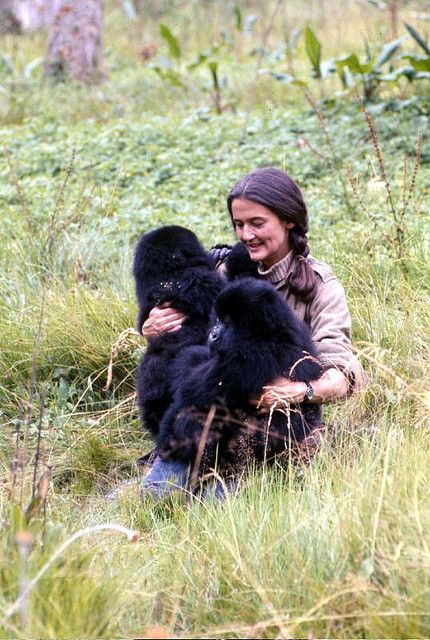 A visit to her graveyard and the Karisoke Research center in Musanze is an appreciation of her heroism, great love for the gorillas, and the tragedy of her death that marked the starting point of gorilla tourism in Rwanda and the Virungas.
A visit to her graveyard and the Karisoke Research center in Musanze is an appreciation of her heroism, great love for the gorillas, and the tragedy of her death that marked the starting point of gorilla tourism in Rwanda and the Virungas.
 A case study is the demand for Afromosia that has become an endangered species. This is a beautiful tree that’s found across central and western part of Africa. The highly prized tropical hardwood can also be found on several high-end furniture and fittings across the world.
A case study is the demand for Afromosia that has become an endangered species. This is a beautiful tree that’s found across central and western part of Africa. The highly prized tropical hardwood can also be found on several high-end furniture and fittings across the world.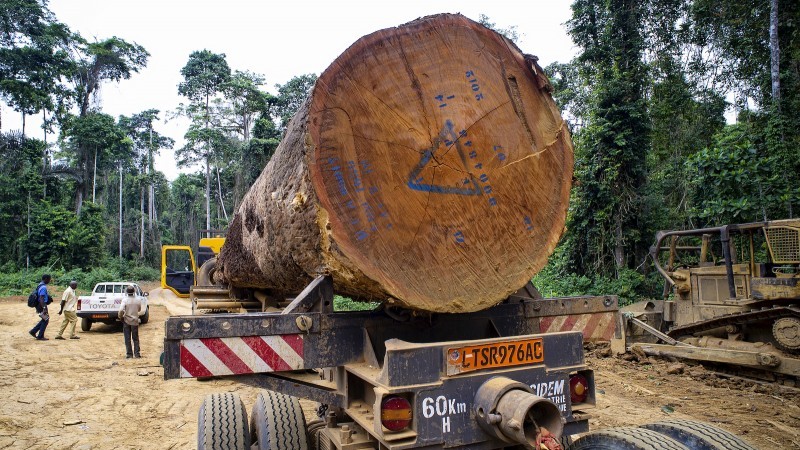 According to Jonny Hogg article “Wild West” timber trade threatens Congo forests: report,” appearing in the Reuters, “derelict ports in Congo’s riverside capital Kinshasa are piled high with logs ready to be shipped out to China and Europe as part of the lucrative timber trade.
According to Jonny Hogg article “Wild West” timber trade threatens Congo forests: report,” appearing in the Reuters, “derelict ports in Congo’s riverside capital Kinshasa are piled high with logs ready to be shipped out to China and Europe as part of the lucrative timber trade. And Greenpeace, in a 2015 press release titled “DR Congo’s logging companies and international timber traders continue to profit from impunity” said logging violations, disenfranchised local communities, the cutting of endangered tree species without valid authorisation, destruction of threatened Bonobo habitat and worldwide export of suspect timber. These are just some of the effects of the chaos being wreaked at home and abroad by one of the major industrial logging companies in Democratic Republic of Congo’s (DRC).
And Greenpeace, in a 2015 press release titled “DR Congo’s logging companies and international timber traders continue to profit from impunity” said logging violations, disenfranchised local communities, the cutting of endangered tree species without valid authorisation, destruction of threatened Bonobo habitat and worldwide export of suspect timber. These are just some of the effects of the chaos being wreaked at home and abroad by one of the major industrial logging companies in Democratic Republic of Congo’s (DRC). The DRC is at the center of among the most extensive and vital surviving tracts of tropical rainforest in the world, the Congo Basin rainforest, second only to the Amazon in size and home to threatened wildlife such as the forest elephant and the bonobo, one of humanity’s closest relatives.
The DRC is at the center of among the most extensive and vital surviving tracts of tropical rainforest in the world, the Congo Basin rainforest, second only to the Amazon in size and home to threatened wildlife such as the forest elephant and the bonobo, one of humanity’s closest relatives. At Virunga Community Programs, we believe it’s now time for the DRC authorities together with timber-importing countries whose demand is promoting and fuelling this manmade disaster to note that their response before has not been enough, and they ought to take decisive actions to stop those companies that continue to despoil the rainforests of the Congo basin for their insatiable thirst for timber.
At Virunga Community Programs, we believe it’s now time for the DRC authorities together with timber-importing countries whose demand is promoting and fuelling this manmade disaster to note that their response before has not been enough, and they ought to take decisive actions to stop those companies that continue to despoil the rainforests of the Congo basin for their insatiable thirst for timber.





 “We are just pushing for a written letter guaranteeing that it will never happen. Thank you so much for your support. Other activists were very crucial in the success of this endeavor. My sincere gratitude!” said Cassinga who has been a leading voice against the move.
“We are just pushing for a written letter guaranteeing that it will never happen. Thank you so much for your support. Other activists were very crucial in the success of this endeavor. My sincere gratitude!” said Cassinga who has been a leading voice against the move.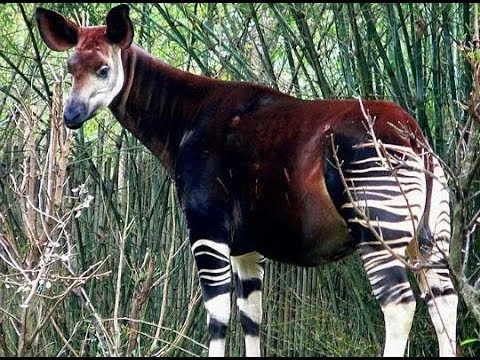 According to Adams Cassinga, multiple species of highly protected and endangered wildlife would have been shipped to China from the DRC. They included six gorillas, eight chimpanzees, four manatees and ten Okapis. The species are endemic to DRC and would have ended up in Taiyuan and Anji Zhongman Zoos in China.
According to Adams Cassinga, multiple species of highly protected and endangered wildlife would have been shipped to China from the DRC. They included six gorillas, eight chimpanzees, four manatees and ten Okapis. The species are endemic to DRC and would have ended up in Taiyuan and Anji Zhongman Zoos in China. The outrage after the deal was leaked in a private letter between Mr. Liu Min Heng, executive director of Tianjin Junheng International Trade Corporation and the Ministry of Environment, nature conservation and Sustainable Development has now led to the cancellation of the deal and is seen as huge step towards preservation of Congolese wildlife in its natural habitat.
The outrage after the deal was leaked in a private letter between Mr. Liu Min Heng, executive director of Tianjin Junheng International Trade Corporation and the Ministry of Environment, nature conservation and Sustainable Development has now led to the cancellation of the deal and is seen as huge step towards preservation of Congolese wildlife in its natural habitat.

 Even though bushmeat is a delicacy in many parts of the world, we at the Virunga Community Programs believe that these animals should be highly protected, otherwise they are going to become extinct as the population increases and the demand for food also increases. They should be placed in protected areas, and more rangers and guards employed to ensure their protection.
Even though bushmeat is a delicacy in many parts of the world, we at the Virunga Community Programs believe that these animals should be highly protected, otherwise they are going to become extinct as the population increases and the demand for food also increases. They should be placed in protected areas, and more rangers and guards employed to ensure their protection.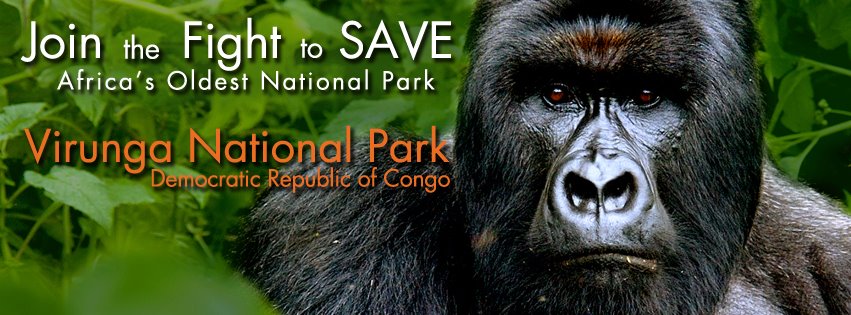

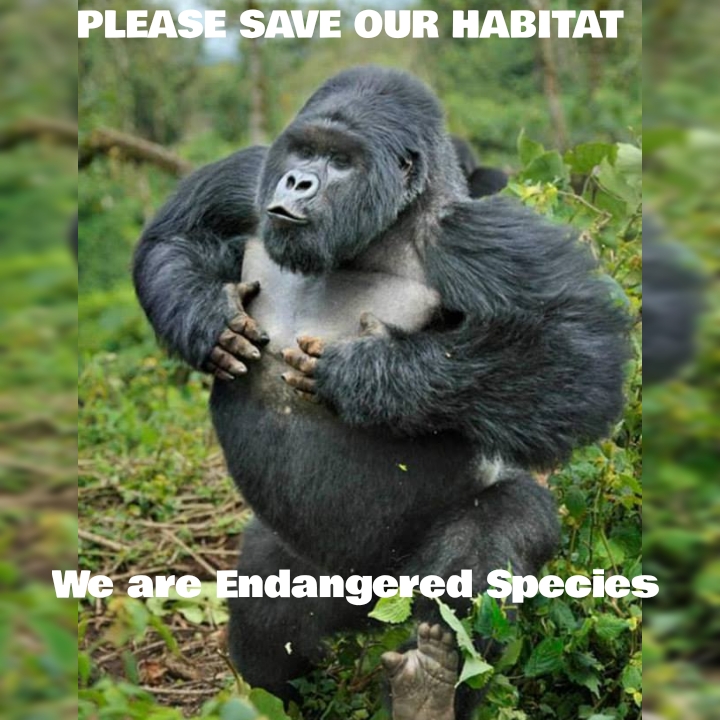 TRT World says Opening up parts of the Virunga and Salonga National Parks to drilling would place wildlife – especially endangered species- at risk and release huge amounts of carbon dioxide into the atmosphere, causing global warming.
TRT World says Opening up parts of the Virunga and Salonga National Parks to drilling would place wildlife – especially endangered species- at risk and release huge amounts of carbon dioxide into the atmosphere, causing global warming.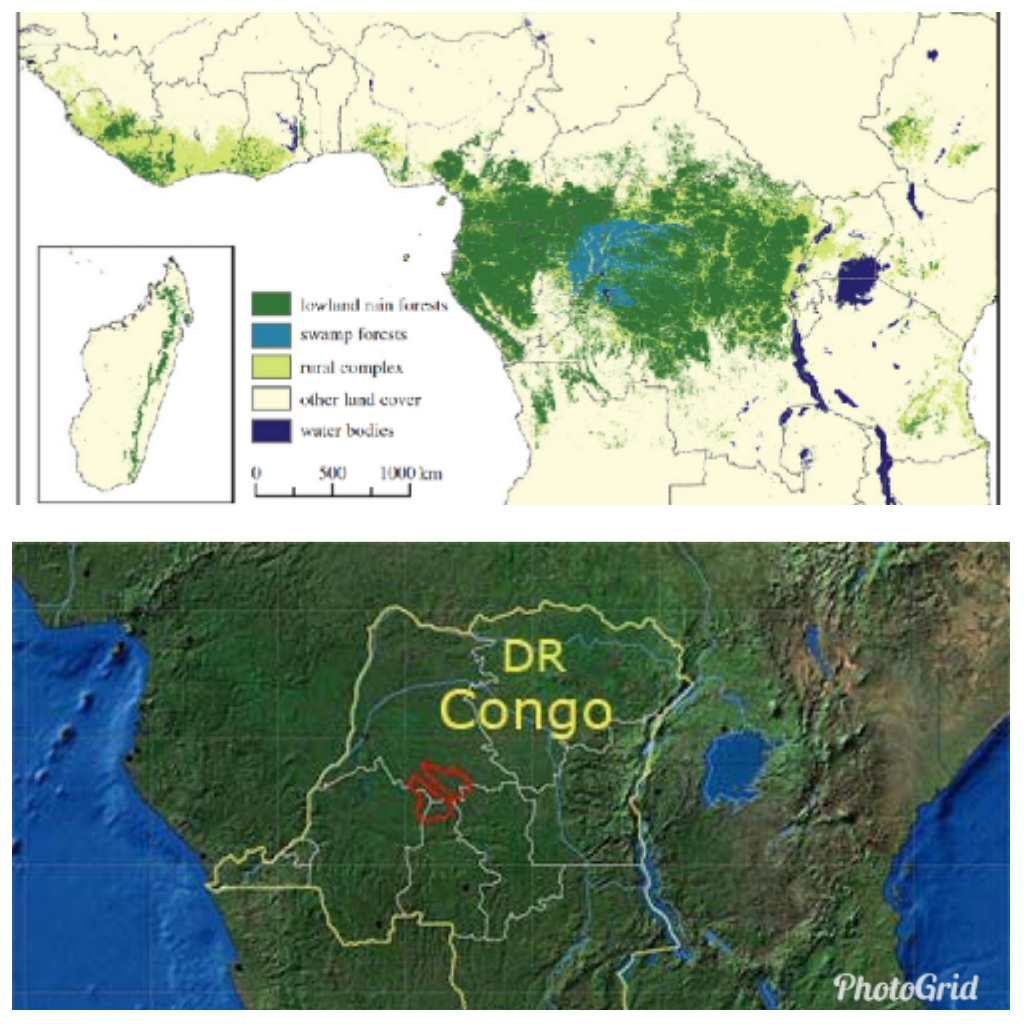 Just recently, the
Just recently, the 









